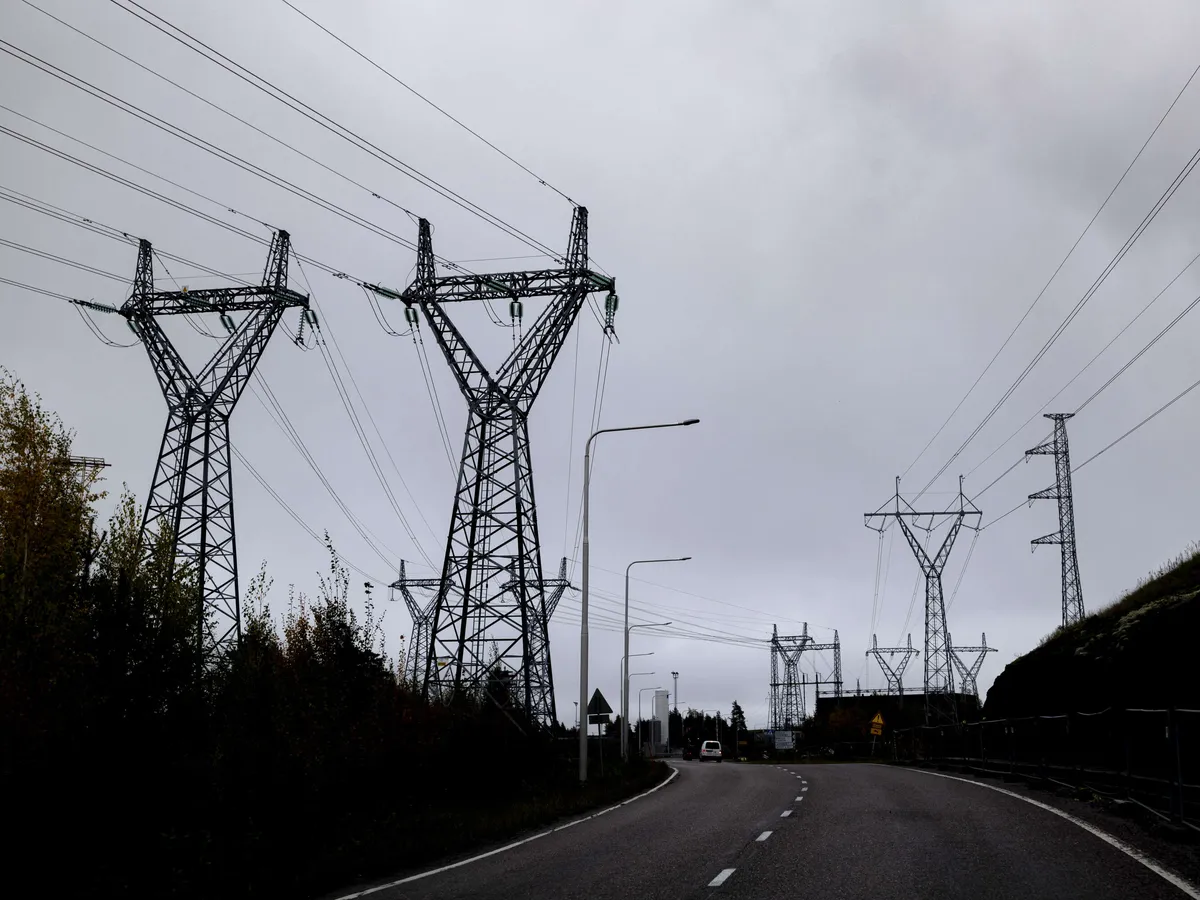Minister of the Environment and Climate Kai Mykkänen (kok), the rapid electrification of society and the investment plans of industry challenge the development of Finland’s electricity system.
According to the Ministry of Labor and Economy, electricity production and demand are estimated to grow strongly by 2040 due to clean transition projects, increasing production of hydrogen and, for example, production of green steel. At the same time, according to the ministry, electricity consumption and production are becoming more and more differentiated in different parts of Finland.
The high-voltage grid working group set up by the Ministry of Labor and Economy published its report today, Wednesday.
The report, written in the form of a government proposal, contains proposals to amend the Electricity and Natural Gas Market Act. The main goal of the presentation is to reform the Electricity Market Act in order to integrate increasing electricity production and growing consumption loads into the main grid and the high-voltage distribution grid even more smoothly and cost-effectively.
“The goal of the government’s high-voltage network project is to secure the construction of electricity transmission networks required by important industrial investments, the strongly increasing production of clean electricity and the electrification of district heating. It is also important to maintain Finland as a unified price area for electricity trade”, states Minister Mykkänen in the press release.
The responsibility for developing the national electricity grid would still belong to Fingrid
According to the working group, the responsibility for developing the national unified electricity grid would still belong to the grid company For Fingrid. According to the proposal, the development responsibility of the transmission system operator would be limited in the future to the development of the national unified electricity transmission network and cross-border interconnection lines.
Fingrid’s area of responsibility would include the national territory, excluding the province of Åland, and the Finnish economic zone.
Local and regional distribution network companies would be more clearly responsible for the development of high-voltage networks in their own operating area than before. According to the proposal, lines of a network over 110 kilovolts would no longer automatically be considered a main network based on the voltage level, but such a line could also be a high-voltage distribution network if it is of a local or regional nature.
Distribution system operators are enabled to build and operate a regional or local robust 400 kilovolt network as a high-voltage distribution network operator.
A provision is proposed in the Electricity Market Act, on the basis of which it would be possible for distribution network operators to develop networks or network parts that collect production together. However, under certain conditions, electricity producers could also build and operate common electricity production connection networks without an electricity grid license.
